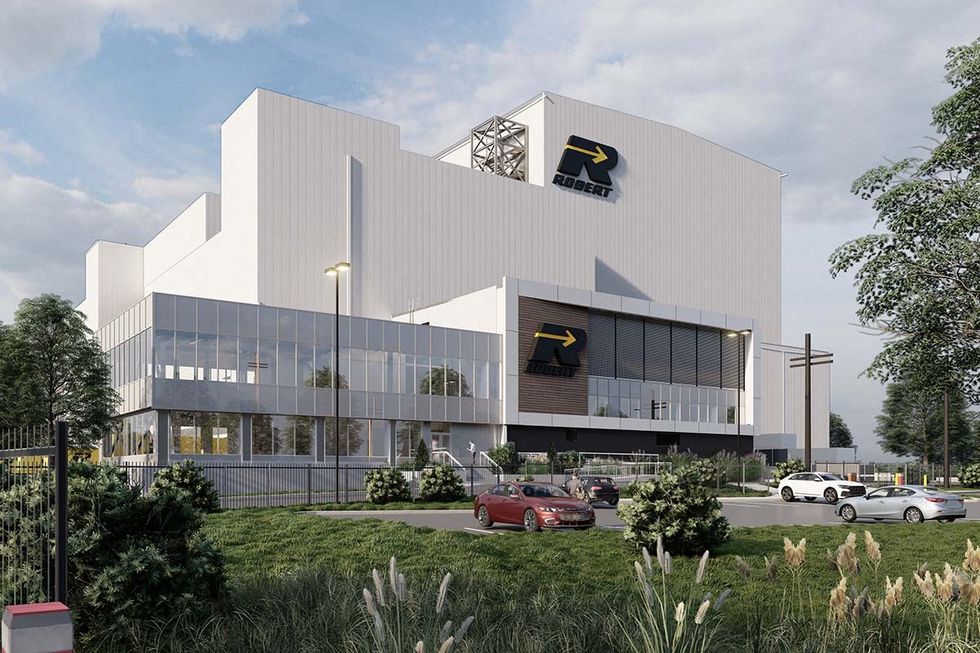Canadian logistics service provider Groupe Robert is stepping up efforts to serve Quebec’s agri-food industry, recently opening an automated cold storage facility in suburban Montréal that will help food and beverage companies reach a wider consumer audience. The fully automated facility has increased the company’s storage capacity for both fresh and frozen foods and is also helping create a more efficient supply chain—all thanks to an automated storage and retrieval system (AS/RS) from systems integrator Dematic.
“We are incredibly excited about how this distribution center will serve Quebec’s entire agri-food industry and enhance supply chain efficiency,” Michel Robert, president and CEO of Groupe Robert, said in a statement describing the new facility, which has been up and running since December. “We have a unique opportunity, in partnership with Dematic, to establish the warehouse as a base of operations for manufacturers looking to store and redistribute their products throughout North America. This facility is a symbol of our dedication to pushing boundaries, fostering growth, and delivering unparalleled service to our customers.”
EXPANDING CAPACITY
Groupe Robert’s new DC is located near Highway 30, in Varennes, Quebec, and serves customers throughout the province. At 14 stories, or 131 feet, tall, the facility expands Groupe Robert’s storage capacity and features one of the tallest Dematic AS/RS installations for a third-party logistics company in Canada, according to Dematic. The high-density cold storage system houses 30,000 pallets of fresh products and 30,000 pallets of frozen products. It uses a network of nine 130-foot-tall cranes and 4,400 feet of pallet conveyor to move product in and out of the system. The facility can reach temperatures as low as minus 18 degrees Fahrenheit and features a high-performance carbon dioxide refrigeration system and a low-oxygen system to manage fire hazards.
Above all, the facility is providing the extra space the market needs: Groupe Robert has roughly doubled its frozen capacity and increased its chilled capacity by 30% to 40%, according to both companies.
Sustainability is a key feature as well. The building utilizes a rainwater collection system and solar panels to reduce energy use. It also includes a heat-recovery system that uses heat generated by the refrigeration equipment to warm the DC’s interior and melt snow.















